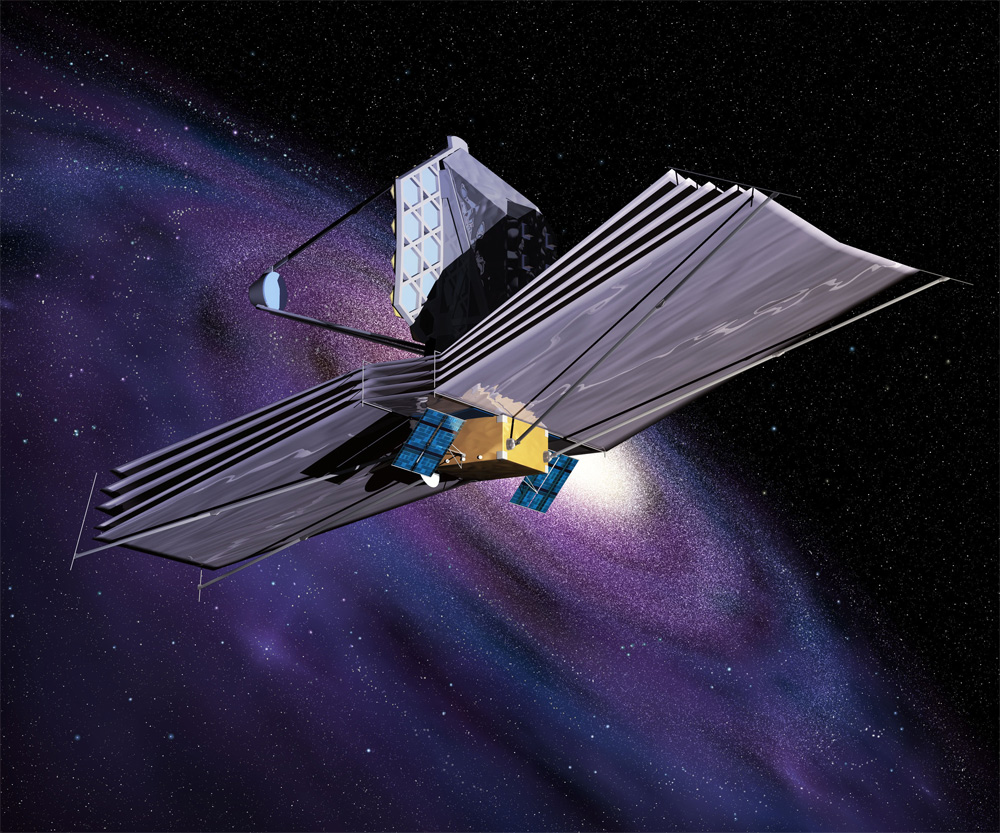NASA's Newest Telescope Survives Funding Battle, But Challenges Remain

AUSTIN, Texas — NASA's ambitious next generation space observatory, the James Webb Space Telescope, has become known more for running way over budget than for the exciting and potentially groundbreaking discoveries it could make. But, with funding now secured for the 2012 fiscal year, it is time to prove the naysayers wrong, project team members say.
The James Webb Space Telescope (JWST) is being billed as the successor to the prolific Hubble Space Telescope, but cost overruns have plagued the project, particularly in recent years.
On Nov. 18, 2011, President Barack Obama signed into law a measure to grant NASA $17.8 billion for the 2012 fiscal year, which began on Oct. 1. This figure includes an increase in funding, at $529.6 million, for JWST. This comes after House appropriators recommended canceling the over-budget telescope in the summer.
The observatory, which is slated to launch in 2018, is now expected to cost $8.8 billion. But with funding now secure for the current fiscal year, scientists and engineers are moving ahead with the design and construction of the telescope's components and main science instruments. [Photos: Building the James Webb Space Telescope]
"The re-plan effort to put JWST on a more sound schedule and budgetary basis began in earnest last year in the winter," Eric Smith, JWST deputy program director at NASA Headquarters in Washington, D.C., said Jan. 9 at a JWST town hall-style forum here at the 219th meeting of the American Astronomical Society.
"What was being done to change the program — to give people confidence that this time we got it right — it all culminated when NASA got its budget passed," Smith said. "The budget that we received in 2012 was the budget that was needed for the re-plan."
The team is now focused on meeting the next milestones, which include the construction, test and delivery of several flight instruments, Smith said.
Get the Space.com Newsletter
Breaking space news, the latest updates on rocket launches, skywatching events and more!
And despite the project's budgetary woes, significant progress was made during 2011, said Scott Willoughby, JWST program manager at Northrop Grumman Aerospace Systems, which is on contract to design and develop the observatory.
All 18 primary mirror segments have been coated and polished to enable the telescope to probe the early universe and examine the most distant galaxies.
"All 18 mirror segments have now completed their testing, which is impressive," Willoughby told SPACE.com. "It's taken years to polish them and go through the testing cycle twice."
The mirrors completed two rounds of cryogenic tests, at temperatures around minus 400 degrees Fahrenheit, similar to what the telescope would experience as it orbits 1 million miles (1.6 million kilometers) from Earth.
"One of the main things that we finished this year, technically, was the completion of the mirrors," Smith said. "This is a tremendous success story. About a decade early on, the top risk we always carried in the project was the ability to produce mirrors with optical quality this good. Well, they are done. This is a very big milestone."
Work is also under way on the telescope's tennis court-size sunshield and infrared instruments, officials said. And while November's funding bill represented a small victory, the JWST has their work cut out for them this year, Smith said.
"The challenge this year is to more or less walk the walk," he said. "We spent the last year convincing folks that we have a plan. They've placed a tremendous amount of faith in us by giving us the budget we asked for, so now we have to perform to keep things on schedule."
You can follow SPACE.com staff writer Denise Chow on Twitter @denisechow. Follow SPACE.com for the latest in space science and exploration news on Twitter @Spacedotcom and on Facebook.
Join our Space Forums to keep talking space on the latest missions, night sky and more! And if you have a news tip, correction or comment, let us know at: community@space.com.

Denise Chow is a former Space.com staff writer who then worked as assistant managing editor at Live Science before moving to NBC News as a science reporter, where she focuses on general science and climate change. She spent two years with Space.com, writing about rocket launches and covering NASA's final three space shuttle missions, before joining the Live Science team in 2013. A Canadian transplant, Denise has a bachelor's degree from the University of Toronto, and a master's degree in journalism from New York University. At NBC News, Denise covers general science and climate change.











